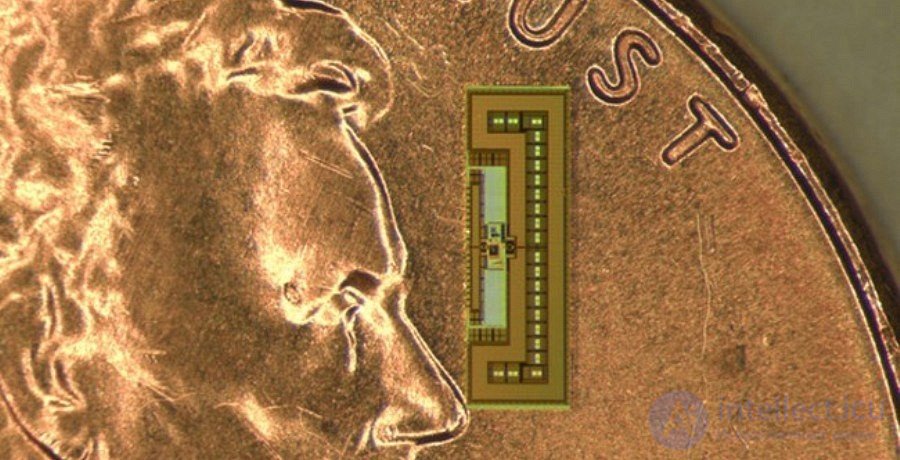Lecture
The device does not need batteries, because it receives energy from electromagnetic waves arriving at the receiving antenna. Designed for computing, executing, and transmitting commands, this tiny wireless radio chip is very cheap, and it can be the missing link between the internet, as we know it, and smart gadgets.

Amin Arbabian, associate professor of electrical engineering, one of the creators of the device, said that in the near future he and his colleagues plan to connect gadgets with such chips to each other and try to control them via the Internet.
Most of the infrastructure required for remote control already exists - we have the Internet, computers and smartphones. There is not enough wireless controller that could be installed in almost any gadget.
The cost of the chip plays a key role, since we are talking about connecting trillions of devices around the world.
It is reported that the project started in 2011, when Amin finished graduate school and worked with the Director of the Wireless Research and Development Center at the University of California at Berkeley, Ali Niknejad. His main assistant was the wife of Maryam Tabesh, a student at the time in the laboratory of Niknedzheda, and now a Google engineer. Work on the creation of the chip took several years, because Amin sought to rethink the radio technology from scratch.
“In the past, when people thought about miniaturization of radio receivers, they thought about it from the point of view of reducing the size of components,” Amin explained. But the decision to minimize chip size was also dictated by the desire to reduce power consumption. In fact, if the presented chip needed batteries, then AAA batteries would be enough for a hundred years of work.
Another requirement was placed on the antenna - it became small (about one tenth of the Wi-Fi antenna) and operates at an incredibly high speed - 24,000,000,000 cycles per second. Standard transistors could not easily process such fast signals.
Many other similar tricks were taken into account, and in the end, Amin managed to place all the necessary components on a single chip: antenna-receiver, antenna-transmitter and central processor, which interprets and executes commands. No other external components are needed.
In the future, according to scientists, such radio chips will be distributed among the "Internet of things".
Comments
To leave a comment
Electronics, Microelectronics, Element Base
Terms: Electronics, Microelectronics, Element Base